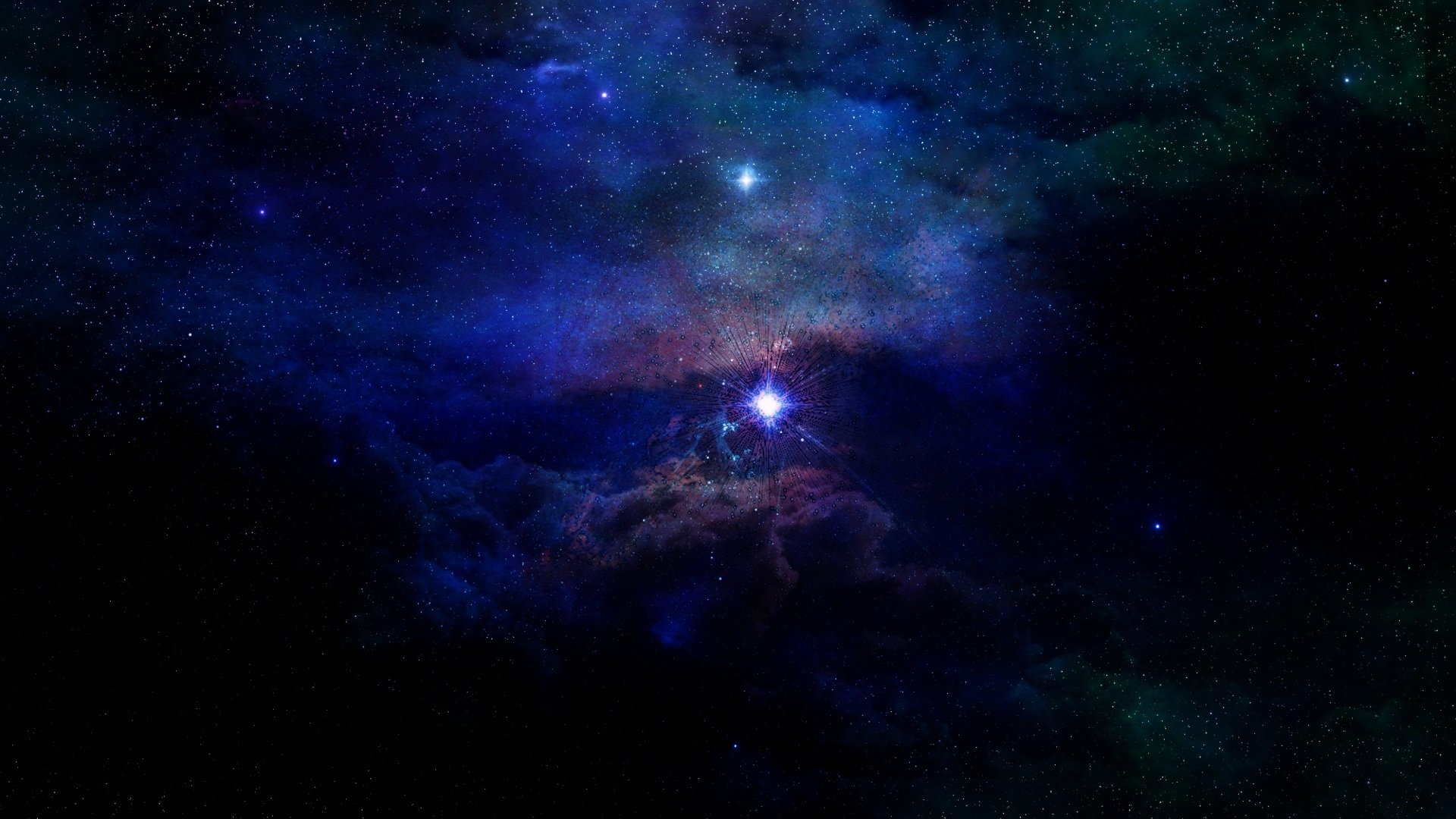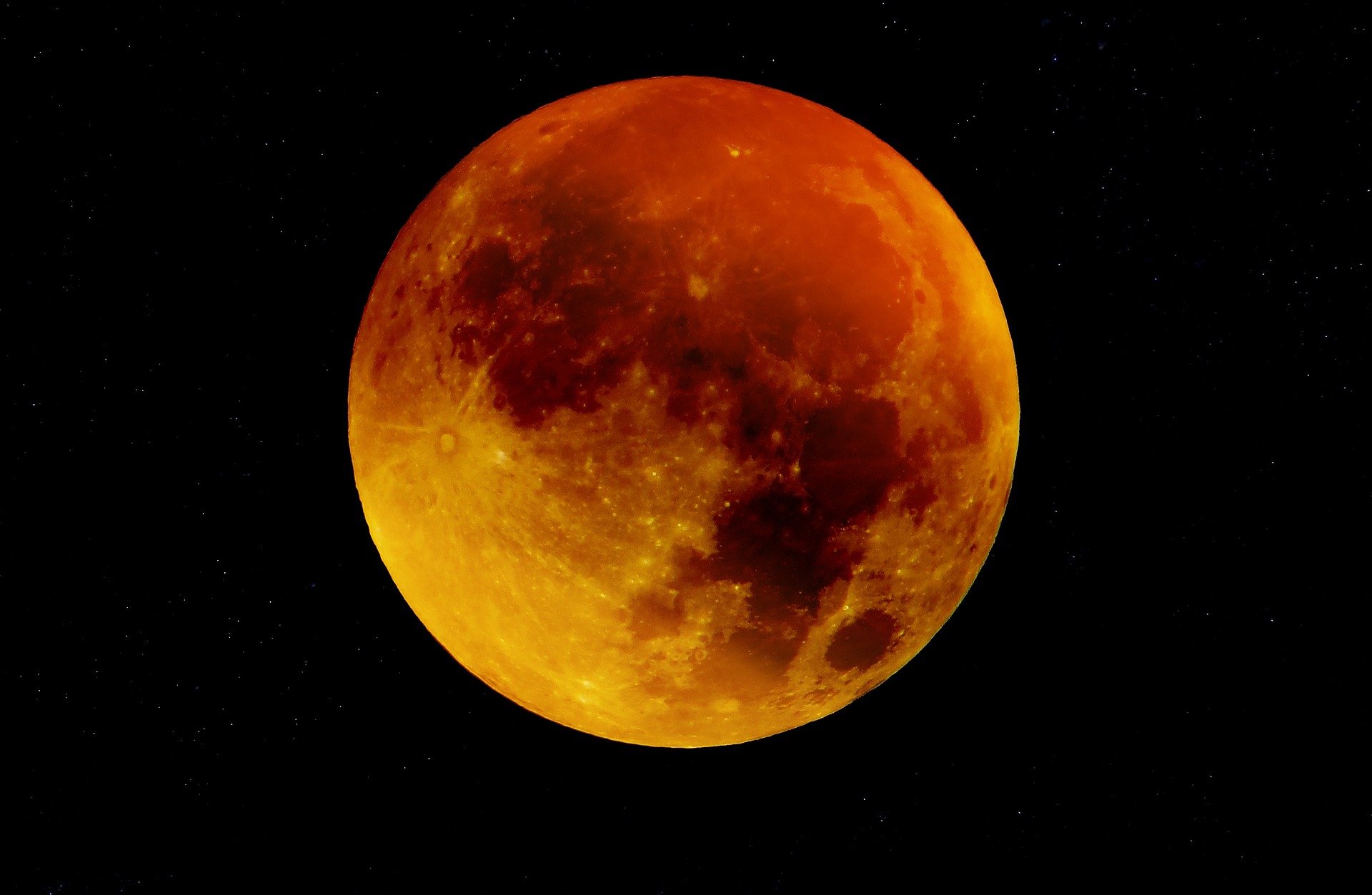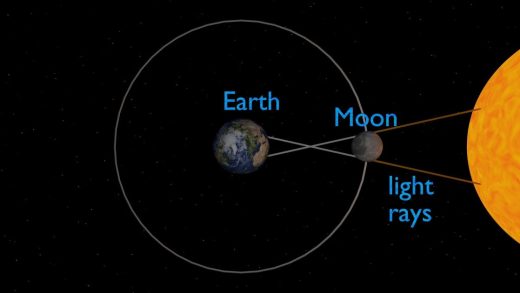What’s special about 1st 2024 lunar eclipse tonight?
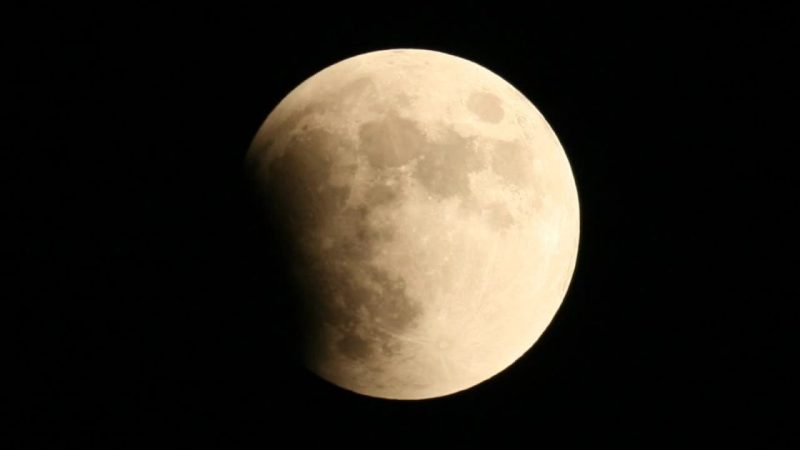
Tonight, get ready for a great lunar eclipse show as the Earth, Moon, and Sun line up just right. It’s like a teaser before the big event on April 8! This time, the March Worm Moon will gracefully slide into the Earth’s shadow, but not all the way into the dark part. People in North and South America will have the best seats to watch this lunar ballet unfold in the sky from March 24 to March 25.
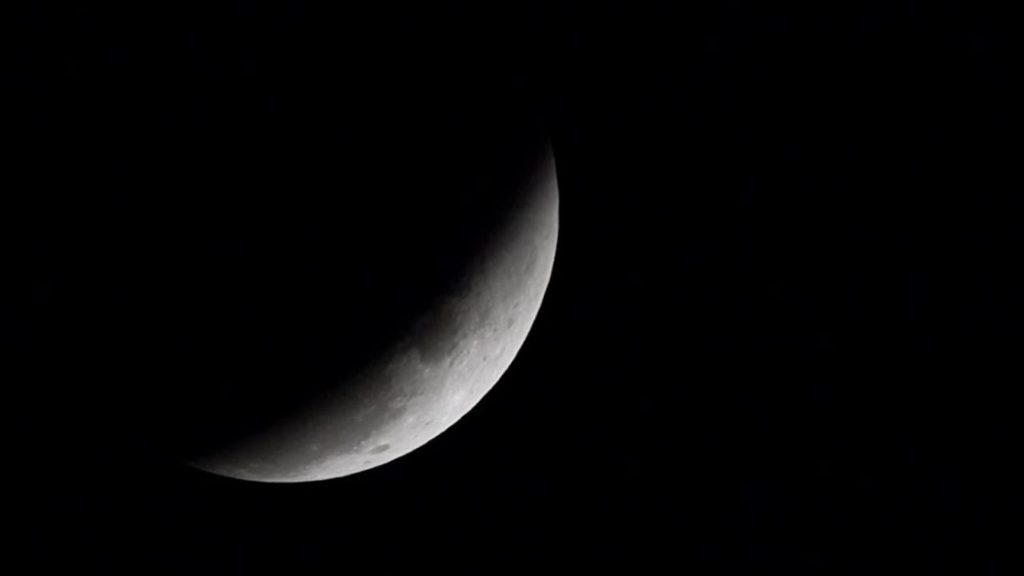
These eclipses, both lunar and solar, happen because of some specific cosmic alignments. It’s like a special time called an “eclipse season,” running from mid-March to late April. During this lunar eclipse, the moon will go pretty deep into Earth’s shadow, covering almost the entire surface.
Now, this isn’t your flashy kind of eclipse. It’s more subtle. At first, you might not even notice anything different, but as the eclipse progresses, the moon’s lower edge will start to look a bit smudged or dimmed out. It’s like seeing a shadow creeping up on the moon.
Imagine standing on the moon during the eclipse. Depending on where you are, Earth’s shadow would look different. From some spots, it might just nick the sun’s top, while from others, it would dim the landscape around you quite a bit. People watching from Earth will be keeping a close eye on these changes, especially when the moon is deepest in the shadow.
There’ll be more lunar eclipse fun on the way this summer and next year. These events might not be flashy, but they remind us of the amazing things happening out there in space.
So, grab a comfy spot and enjoy tonight’s lunar spectacle.
For the eastern U.S., maximum darkening occurs about a couple of hours before the break of dawn on March 25. Along the West Coast, it will be just past midnight, while for Alaska and Hawaii it will be during the mid-to-late evening hours of Sunday, March 24.
Here’s the timetable for the March 24-25 penumbral lunar eclipse:
Timetable for the March 24-25 penumbral lunar eclipse
| Event | EDT | CDT | MDT | PDT | HST |
|---|---|---|---|---|---|
| Moon Enters Penumbra | 12:53 am | 11:53 pm* | 10:53 pm* | 9:53 pm* | 6:53 pm* |
| Faint smudge appears? | 2:38 am | 1:38 am | 12:38 am | 11:38 pm* | 8:38 pm* |
| Maximum ‘darkest’ eclipse | 3:12 am | 2:12 am | 1:12 am | 12:12 am | 9:12 pm* |
| Faint smudge disappears? | 3:46 am | 2:46 am | 1:46 am | 12:46 am | 9:46 pm* |
| Moon Leaves Penumbra | 5:32 am | 4:32 am | 3:32 am | 2:32 am | 11:32 pm* |
